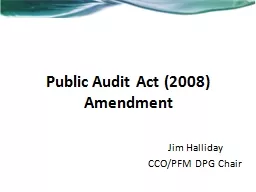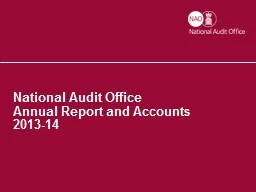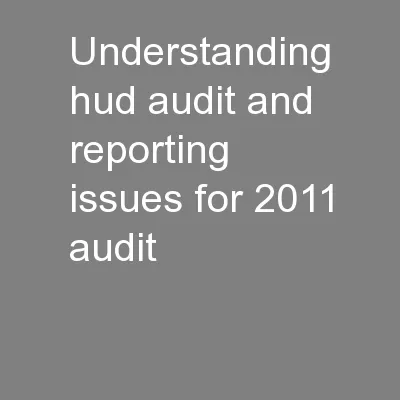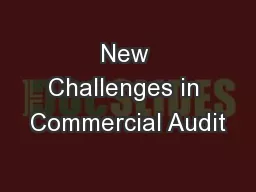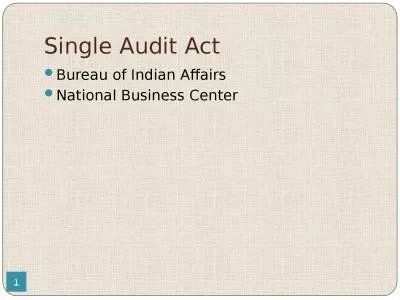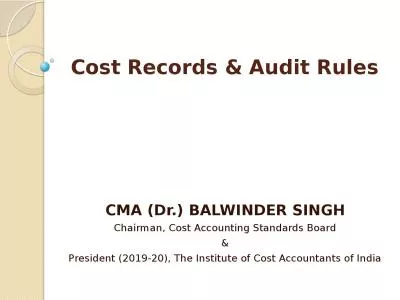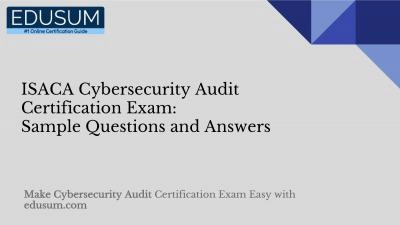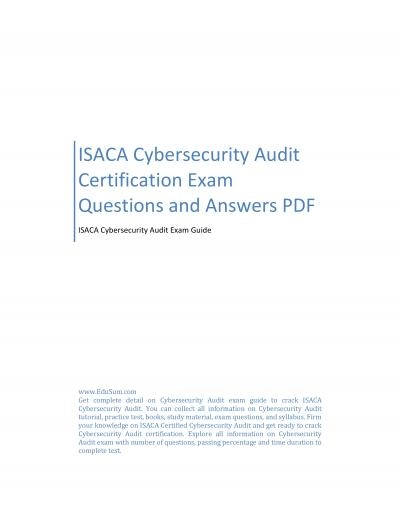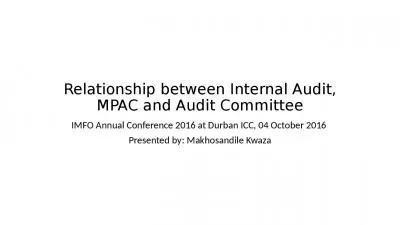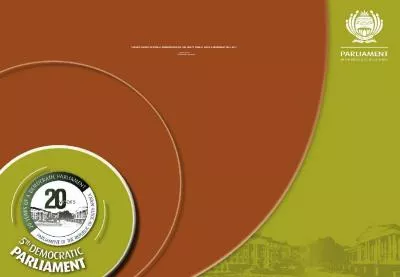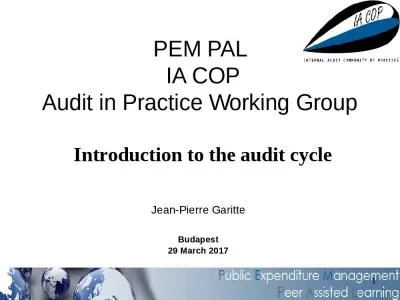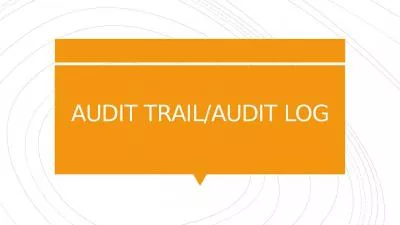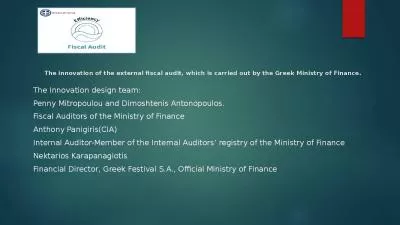PPT-Public Audit Act (
Author : test | Published Date : 2016-06-14
2008 Amendment Jim Halliday CCOPFM DPG Chair PAA 2008 Some KEY excerpts Section 10 l The CAG shall on behalf of the National Assembly examine inquire into
Presentation Embed Code
Download Presentation
Download Presentation The PPT/PDF document "Public Audit Act (" is the property of its rightful owner. Permission is granted to download and print the materials on this website for personal, non-commercial use only, and to display it on your personal computer provided you do not modify the materials and that you retain all copyright notices contained in the materials. By downloading content from our website, you accept the terms of this agreement.
Public Audit Act (: Transcript
Download Rules Of Document
"Public Audit Act ("The content belongs to its owner. You may download and print it for personal use, without modification, and keep all copyright notices. By downloading, you agree to these terms.
Related Documents

